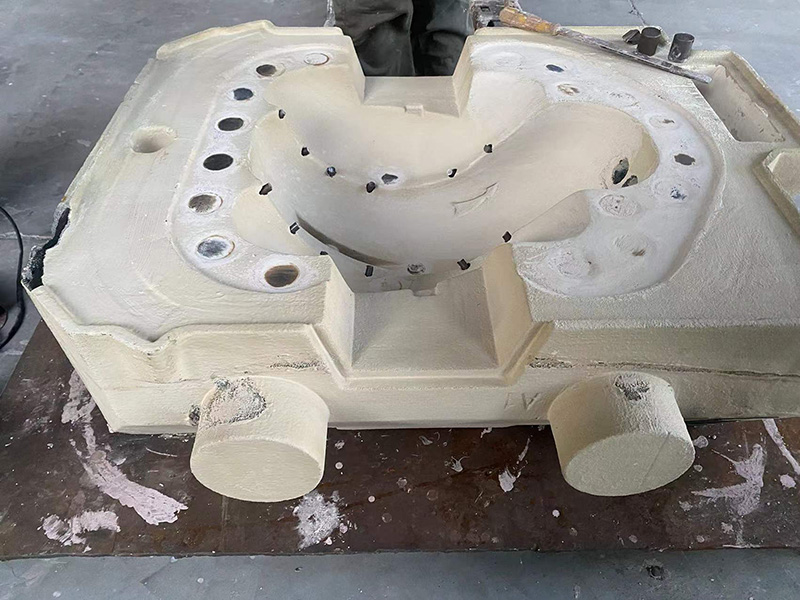How to Sand Ceramic A Step-by-Step Guide
Sanding ceramic can seem daunting, especially if you're new to working with this material. Whether you're looking to smooth out rough edges, prepare the surface for painting, or simply restore an old ceramic piece, understanding the right techniques and tools can significantly enhance your results. This guide will provide you with essential tips and a step-by-step approach to sanding ceramic effectively.
Understanding the Basics
Ceramic is a durable, hard material typically used in pottery, tiles, and dishware. Its toughness makes it resistant to damage but can also present challenges when it comes to sanding. Before you begin, assess the type of ceramic you are working with. Is it fired or unfired? Is it glazed or unglazed? These factors will influence your sanding approach.
Tools and Materials Needed
To sand ceramic, you will need the following tools and materials
1. Sandpaper Start with coarse grit (80-120) for removing significant imperfections, then progress to finer grits (220-400) for smoothing the surface. 2. Sanding Block or Sponge Using a sanding block or sponge helps maintain even pressure and prevent the sandpaper from bending, which can lead to uneven surfaces. 3. Water For wet sanding, water helps reduce dust and can keep the surface cool, preventing cracks. 4. Dust Mask Protect your lungs from fine dust particles generated while sanding. 5. Safety Goggles Keep your eyes safe from dust and debris.
Step-by-Step Guide to Sanding Ceramic
Step 1 Prepare Your Workspace
Start by setting up a clean, well-ventilated workspace. Lay down a drop cloth or newspaper to catch any dust and debris created during the sanding process. Make sure you have all your tools within reach.
Step 2 Inspect the Surface
how to sand ceramic

Examine the ceramic piece carefully. Identify areas that require sanding, such as rough edges or uneven surfaces. Mark these areas if necessary, so you don’t miss them during the sanding process.
Step 3 Start with Coarse Grit Sandpaper
Begin sanding with coarse grit sandpaper. Attach it to your sanding block or sponge for more control. Gently sand the areas that need smoothing, applying light pressure. Move in a circular motion or back and forth along the grain to avoid creating deep scratches. Regularly check your progress to avoid oversanding.
Step 4 Gradually Move to Finer Grits
Once the rough areas are smoothed out, switch to finer grit sandpaper. This will help eliminate scratches left by the coarse grit and create a smoother finish. Repeat the same sanding motions, ensuring even coverage. Wet sanding can be particularly effective here, as it reduces dust and keeps the surface cool.
Step 5 Clean the Surface
After you’ve achieved the desired smoothness, wipe down the ceramic with a damp cloth to remove any dust and debris. Allow it to dry completely before proceeding to any finishing steps, such as painting or glazing.
Step 6 Finish with Final Touches
Depending on your project, you may want to apply a sealant or glaze to protect the freshly sanded surface. If painting, ensure the surface is clean and dry before applying the primer and paint.
Conclusion
Sanding ceramic is a straightforward process if approached with the right tools and techniques. By following these steps, you can effectively smooth and prepare your ceramic pieces for various finishes. Remember to work patiently and methodically, and you’ll achieve a professional-looking result in no time. Happy sanding!
Post time:nov . 11, 2024 20:16
Next:sanding glazed ceramics
